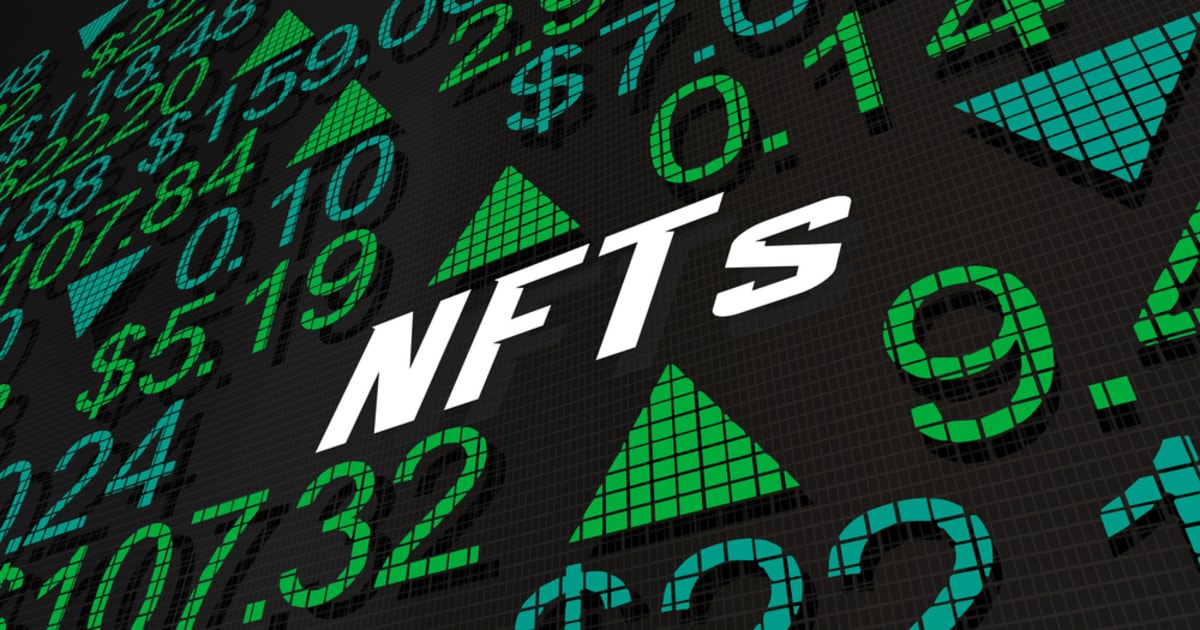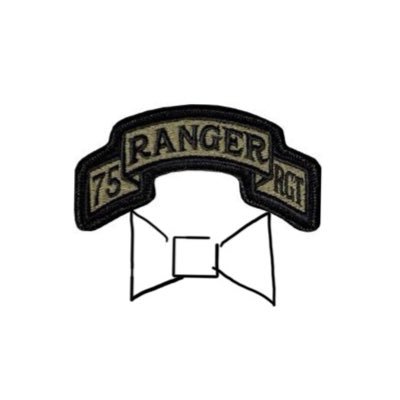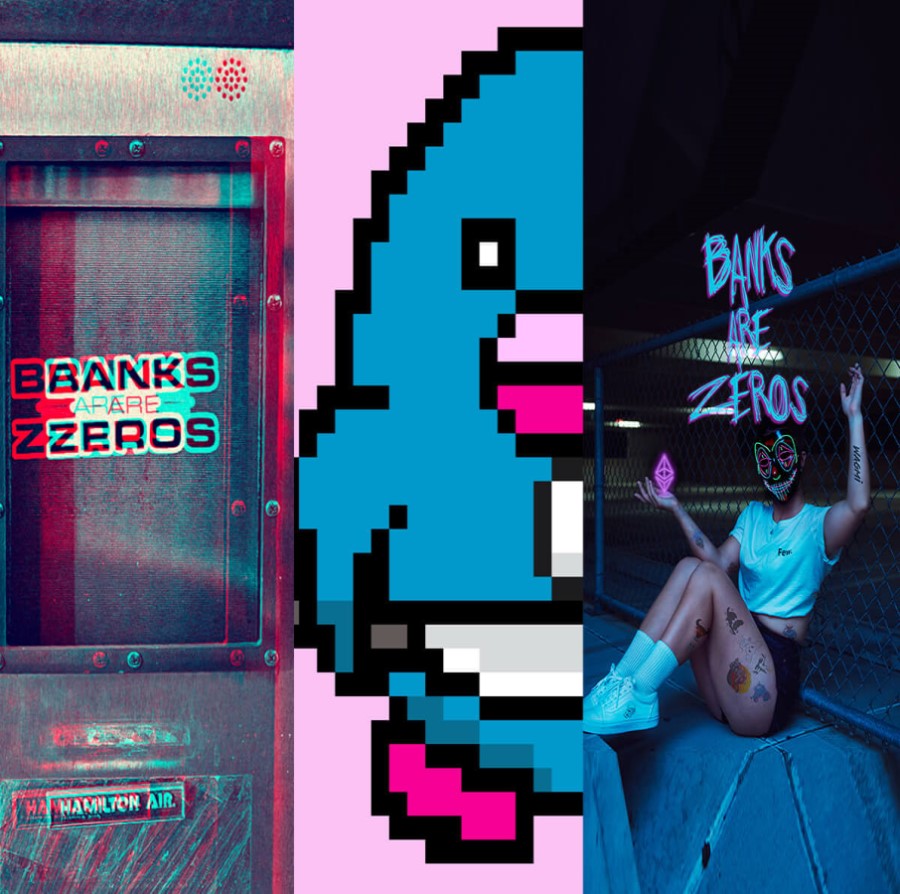NFT’s (Non-Fungible Tokens) have taken pop-culture by storm in the last 24 months. Going from an obscure crypto creation to now being used as status symbols in social media Profile Pictures (Pfp’s), cultural awareness of NFT’s is at an all time high.
So what’s the big deal? Just a screenshot JPEG right?
Not exactly
What are NFT’s?
Here’s a quick catch up if you’re new to NFT’s. A Non-Fungible Token is unique and indivisible.
For NFT’s these attributes are executed and minted by smart contracts on a blockchain, (Ethereum is the most popular currently).
At its most basic, NFT’s have a unique signature that cannot be altered or replicated. An easy application to understand would be Digital Artwork that is minted. They can also be unique (1/1) or part of a collection (like trading cards).
Further, NFT’s are traceable, transparent, and blockchain-secured proof of ownership. This can include royalty payments for every subsequent sale to the original artist (minter). If you get this, you’ll understand how much utility-potential NFT’s have in the future. Agreements, contracts, mortgages… the list goes on much further than just artwork.
PopCulture Flex:
While there may be a ton of future opportunities with NFT’s, currently the most popular and profitable are Artwork and Gaming. Some NFT artwork has sold for astronomical amounts. Artist Beeple sold an NFT for $69M on March 11, 2021 in a Christies’ Auction.
While NFT’s are proliferating the Crypto-landscape, certain collections have attained high value status. Notably, Crypto Punks, Bored Ape Yacht Club (BAYC), Ether Rocks, to name a few.
Liquidity and NFT’s:
The issue with NFT’s, specifically high value NFT’s, is that they tend to be low-liquidity assets. What does that mean? Like traditional art (and high end real estate), you need to find a buyer, there are usually offers and finally counter-offers before a deal is reached and the asset is sold. The process takes time. Further, NFT values can drop rapidly in bearish conditions which could force an owner needing to exit to accept a much lower offer than fair market value.
Compare this to buying and selling your computer coins, where you can hop on an exchange and sell relatively quickly for whatever fair market value is. (Further discussion of Liquidity)
With some of these NFT’s holding value’s in the millions of dollars, the question becomes:
What can a high value NFT holder do with their NFT apart from showing it off or selling it?
DeFi & NFT’s Merge:
A collision of NFT’s and Decentralized Finance is unfolding.
The next logical step that we are seeing unfold is a platform that would allow high-value NFT owners to collateralize the asset and borrow against it.
The idea of using asset ownership for collateral is nothing new. This has been done in TradFi for decades, with real estate especially. But for the NFT asset class, there has been no such option…. until now.
Once you realize that loans taken against collateral are not taxable, the implications and attractiveness of this option becomes apparent.
One project that is tackling this issue head on is JPEG’d DAO, a platform that should be going live in a matter of weeks that will allow Crypto Punk holders a way to collateralize their NFT’s. (More collections will be added in the future, including BAYC’s).
Users will deposit their Cryptopunks into a smart contract and be able to mint a synethtic stablecoin, PUSd (pronounced: PUSS — dee) effectively giving them liquidity on their punks and able to earn yield in DeFi. This transforms cryptopunks from static investments, into yield-earning products. The protocol will be managed by a governance token, JPEG, that will oversee, administer, and change parameters to the protocol
From JPEG’d DAO Medium Page
JPEG’d DAO has currently completed a whitelist NFT Event and just launched a governance token in preparation for the official platform launch.
This is just the beginning of tapping into a high value market that will facilitate liquidity flowing back into the crypto markets as a whole.










